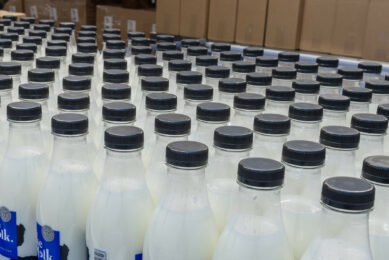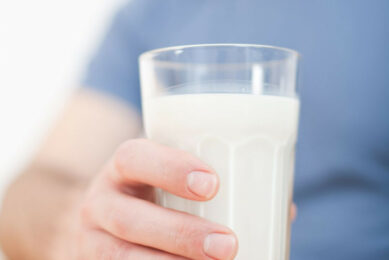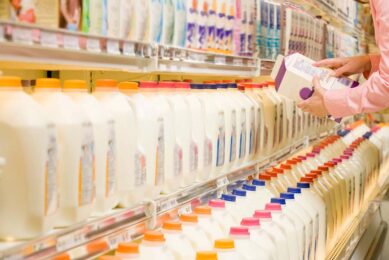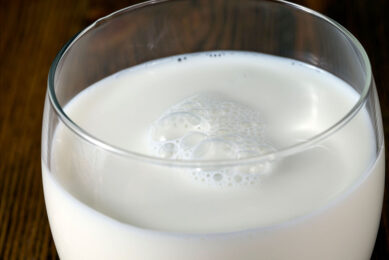Iran hikes raw milk prices, sparking food inflation fears
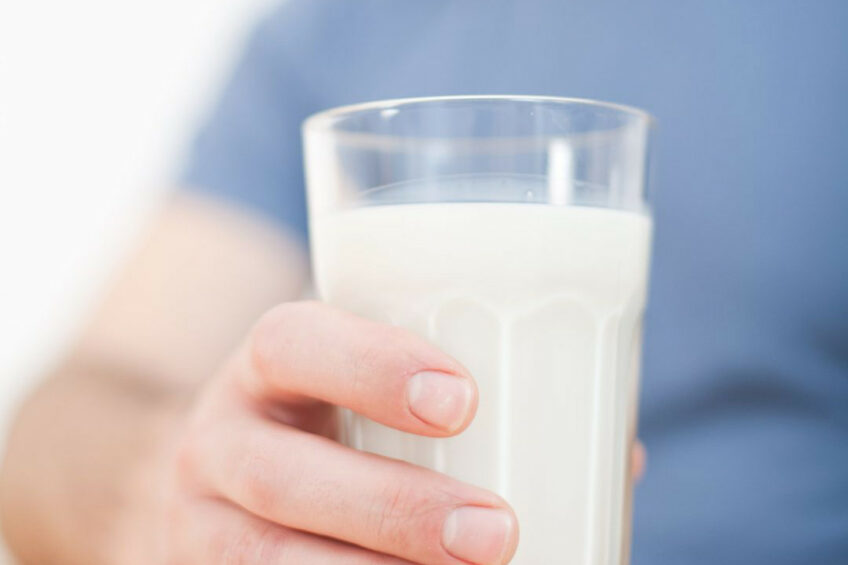
The Iranian government has pushed a 20% hike in wholesale raw milk prices in response to the repeated complaints from milk farmers about profitability. The move, however, has ignited concerns about the acceleration of food inflation.
According to a decree released by the Iranian Ministry of Agricultural Jihad, the price will be raised from 15,000 tomans (US$0.25) per litre to 18,000 tomans (US$0.30).
Over the past several years, Iranian authorities have increasingly relied on a price cap policy, regulating retail prices for key agricultural commodities and food in retail. Amid the worsening living crisis, this policy is consistently criticised from all sides, as consumers demand to restrain food price inflation, while agricultural manufacturers, including dairy, lamb, and poultry farmers, warned about low profitability.
Industry in turbulence
The last time the Iranian government raised the raw milk price was in May 2023 when several local business organisations voiced concerns that the rise was insufficient to compensate for the rising operational costs, particularly related to feed production.
In 2023, Iran reformed the centralised system through which it purchases feedstuff and distributes it among farmers. According to farmers, the controversial reform triggered a substantial rise in costs.
In an interview with local press, Ali Ehsan Zafari, chairman of the Iranian Dairy Products Union, said the price hike will primarily affect the price of cheese, while the price of drinking milk will see a relatively modest rise.
A new blow for dairy consumption
Despite the reassurances, the future looks bleak for the average Iranian customer. Zafari cautioned that the overall prices of dairy products are expected to surge by around 25% due to the raw milk price hike. This immediate financial burden is likely to further suppress dairy consumption, which is as a significant threat to Iranian society.
As estimated by the Iranian Dairy Products Industry Association, Iran’s per capita dairy consumption has dropped to less than 70 kgs annually. This is a sharp decline from the period before 2010 when per capita dairy consumption in Iran ranged between 100 and 130 kgs.
Local healthcare officials have sounded a warning, stating that the current level of dairy consumption in Iran is dangerously close to the minimum recommended level. This, they say, could potentially lead to a rise in the incidence of osteoporosis in the population in the long run.



